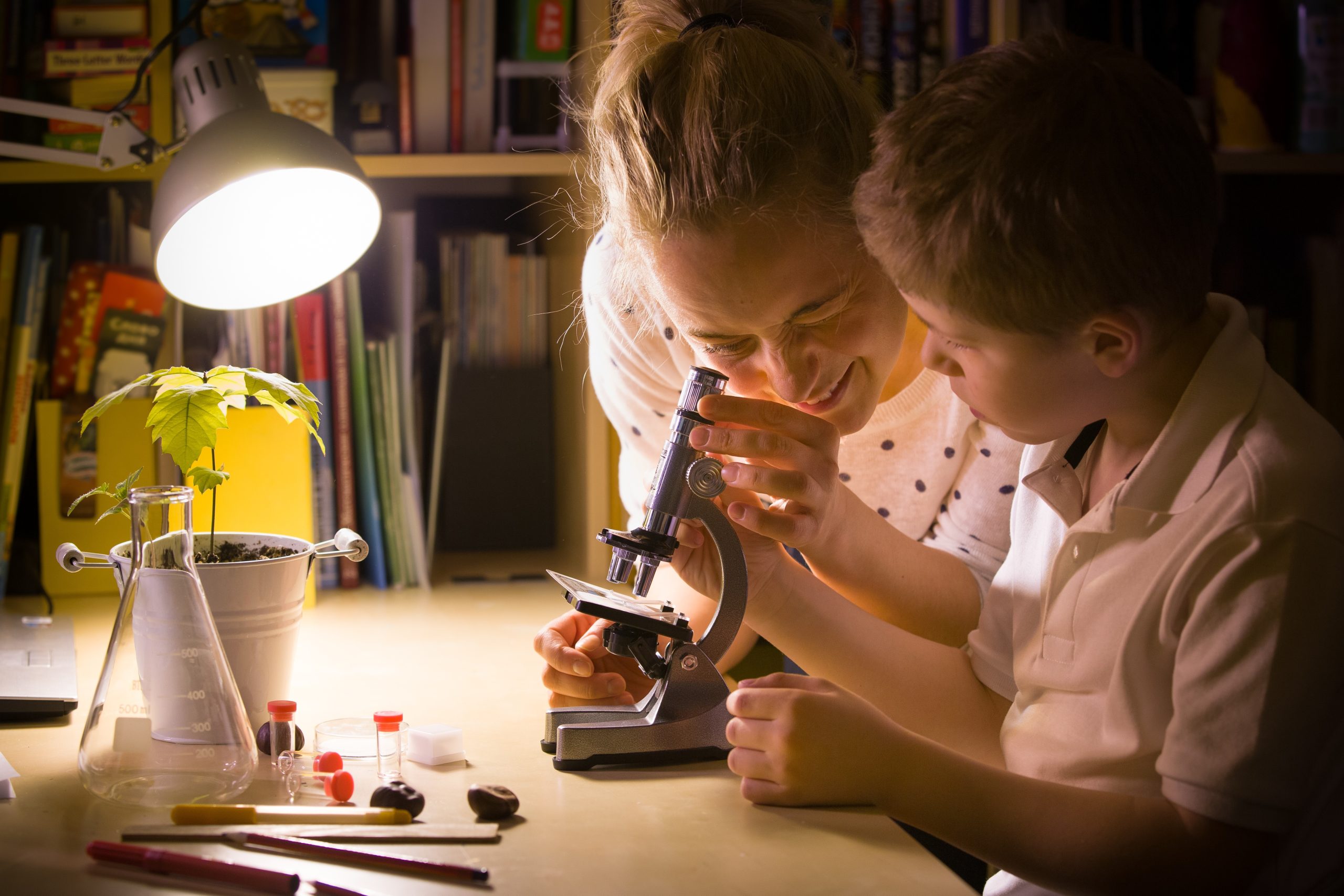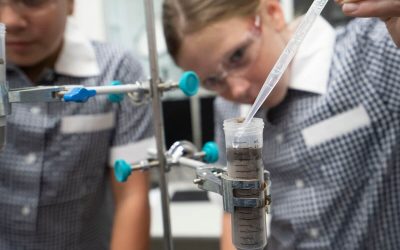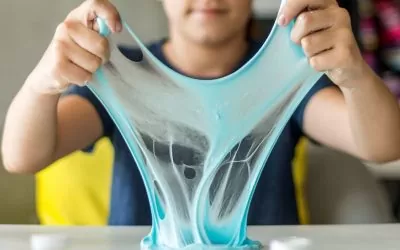Have you ever looked through a microscope and used it to see tiny objects up close? So have millions of other people all over the world. For hundreds of years, people have been using microscopes to research the world around us. They’re one of history’s most important scientific inventions. They’ve helped researchers understand how the world works and contributed to things like the medicine and electronics we use every day.
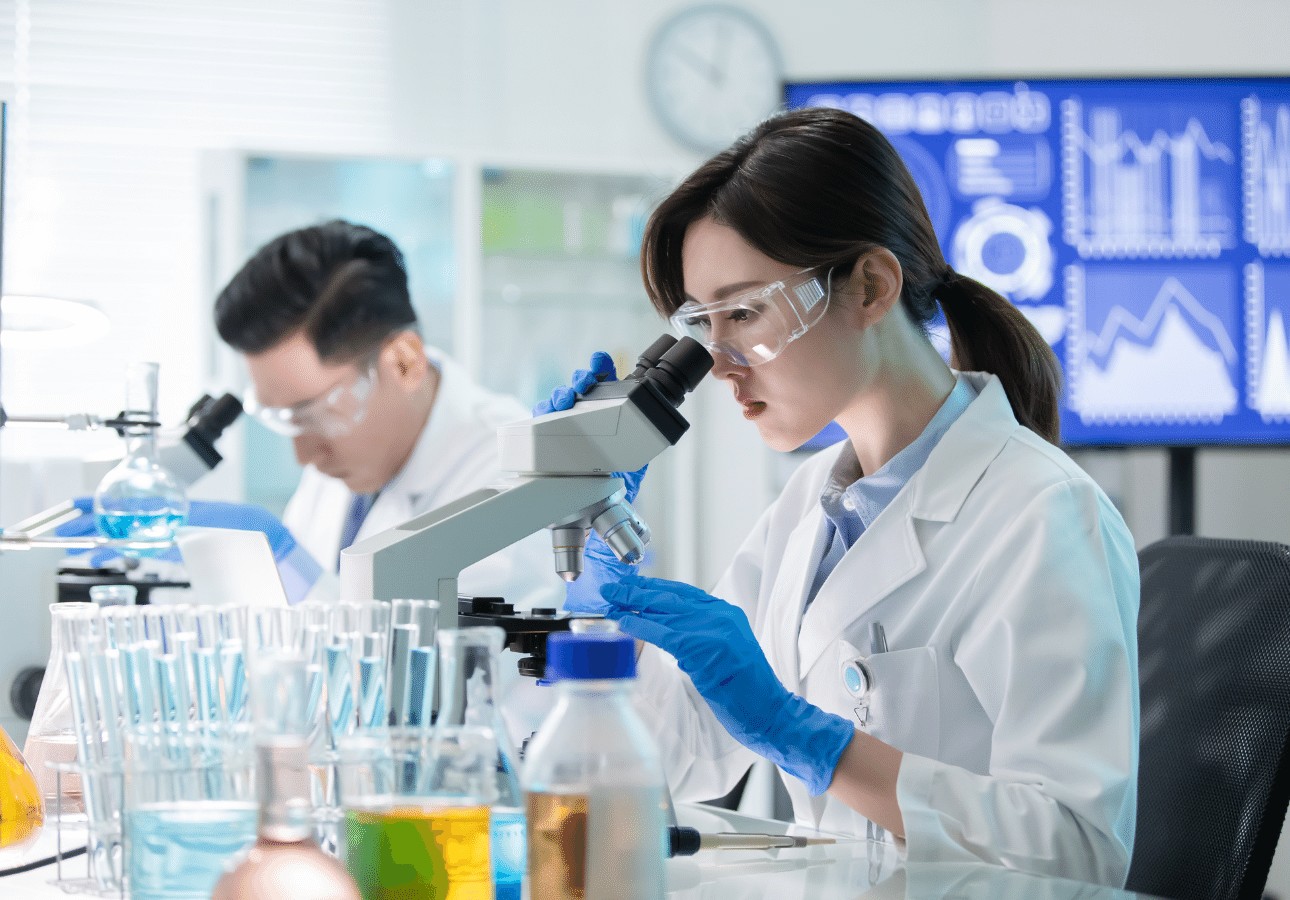
What Are Microscopes and How Do They Work?
Microscopes are devices that use lenses and light to make small objects look larger and make them easier to see.
Most microscopes are made up of a few different lenses (kind of like the lenses you’ll find in glasses, telescopes and magnifying glasses) that work together to make small objects look larger. To make it easier to see and focus on those objects, microscopes also have special lights built into them. It would be hard to light tiny objects using a normal ceiling light, so microscopes usually build their lighting into the base of the device.
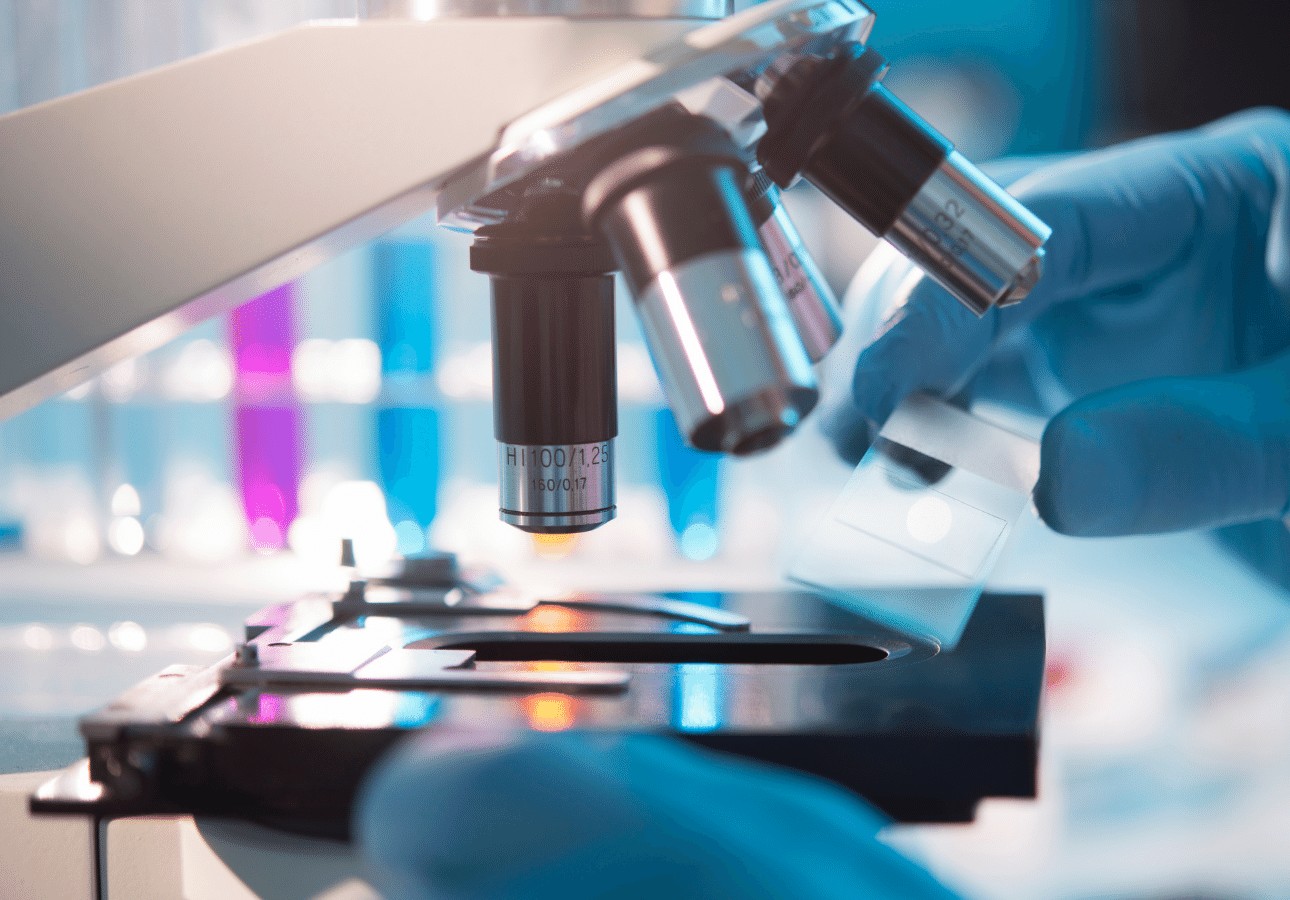
The way microscopes work is actually pretty simple! The lenses in microscopes have a convex shape (meaning they have an outwards curve) on both sides of the lens. When you look through a microscope, the light that passes through the lens is bent towards the eye, making the object seem much larger than it really is.
What Do We Use Microscopes For?
The big reason we need microscopes is that our eyes are only so powerful! If you get down close to the ground you could see the ants or grains of dirt, but it quickly gets hard to see anything that’s smaller than that. Trouble is, there are loads of things in the universe that are so small they can’t be seen by the human eye – like cells, bacteria and microorganisms. Imagine how thin a single strand of hair is. Bacteria, viruses and microorganisms can be 100 or even 1000 times smaller than that.

Those organisms might be tiny, but they’ve had a huge impact on how well we understand the world. Some of our earliest improvements to fields like medicine came about because of microscopes. Without the microscope, we’d never live the long, healthy lives that we currently enjoy.
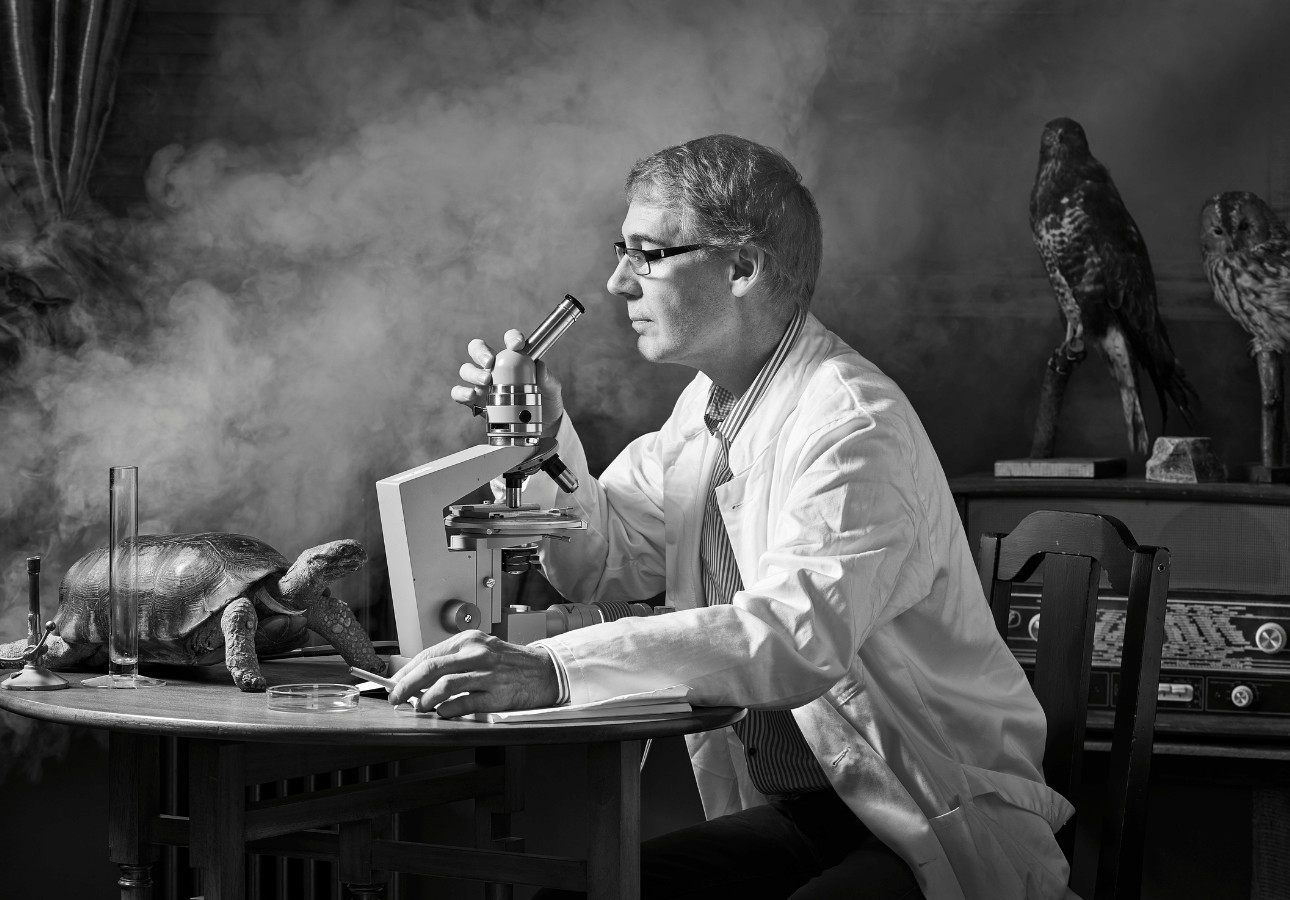
When Were Microscopes Invented?
If you’ve ever seen a microscope then you’ll notice they’re pretty advanced pieces of equipment. The lenses inside are shaped with incredible precision, and some modern microscopes can be up to 714,000 times more powerful than the human eye!
But it’s taken us a long time to get to that point and the earliest microscopes date back to the 1500s. The very first microscope is thought to have been made in 1590 by Hans and Zacharias Janssens – a father and son team from the Netherlands. They combined two lenses that made small objects appear a little larger, although the magnification wasn’t very strong. For the next 150 years, inventors and scientists developed stronger microscopes, although they struggled with image quality due to the difficulty of getting lenses to line up perfectly.
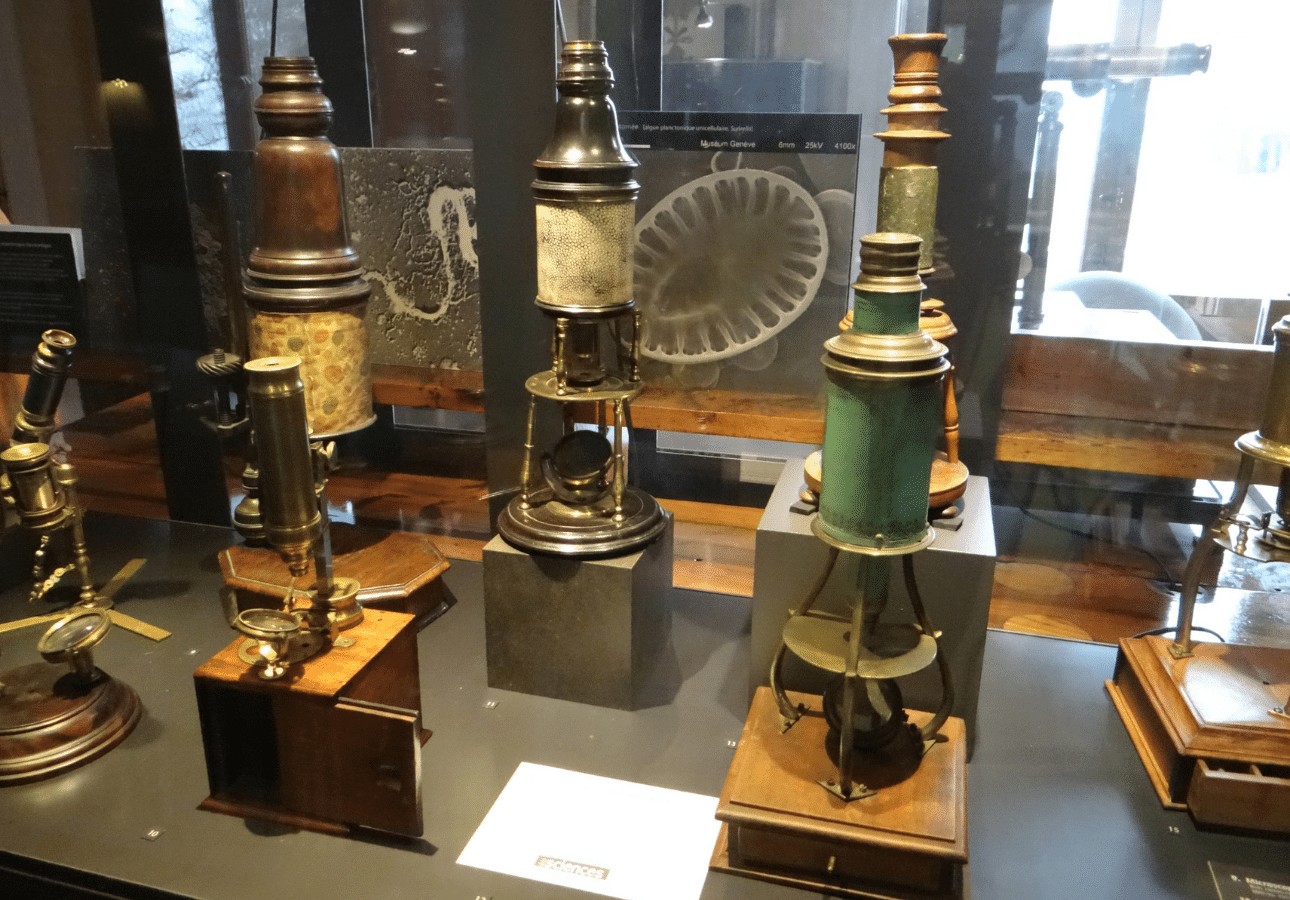
In the 1850s, a man by the name of John Leonard Riddell was studying a bacteria called Cholera. He was the first person to invent a microscope that worked like modern ones do. A few decades later in 1893, August Köhler developed a new lighting system that further improved the invention by making it easier to see organisms under the microscope.
Since then, microscopes have been gradually improved. Modern manufacturing means that lenses and microscopes today are much more powerful and reliable than early versions. Some newer types of microscopes have even been used to capture images of individual atoms!
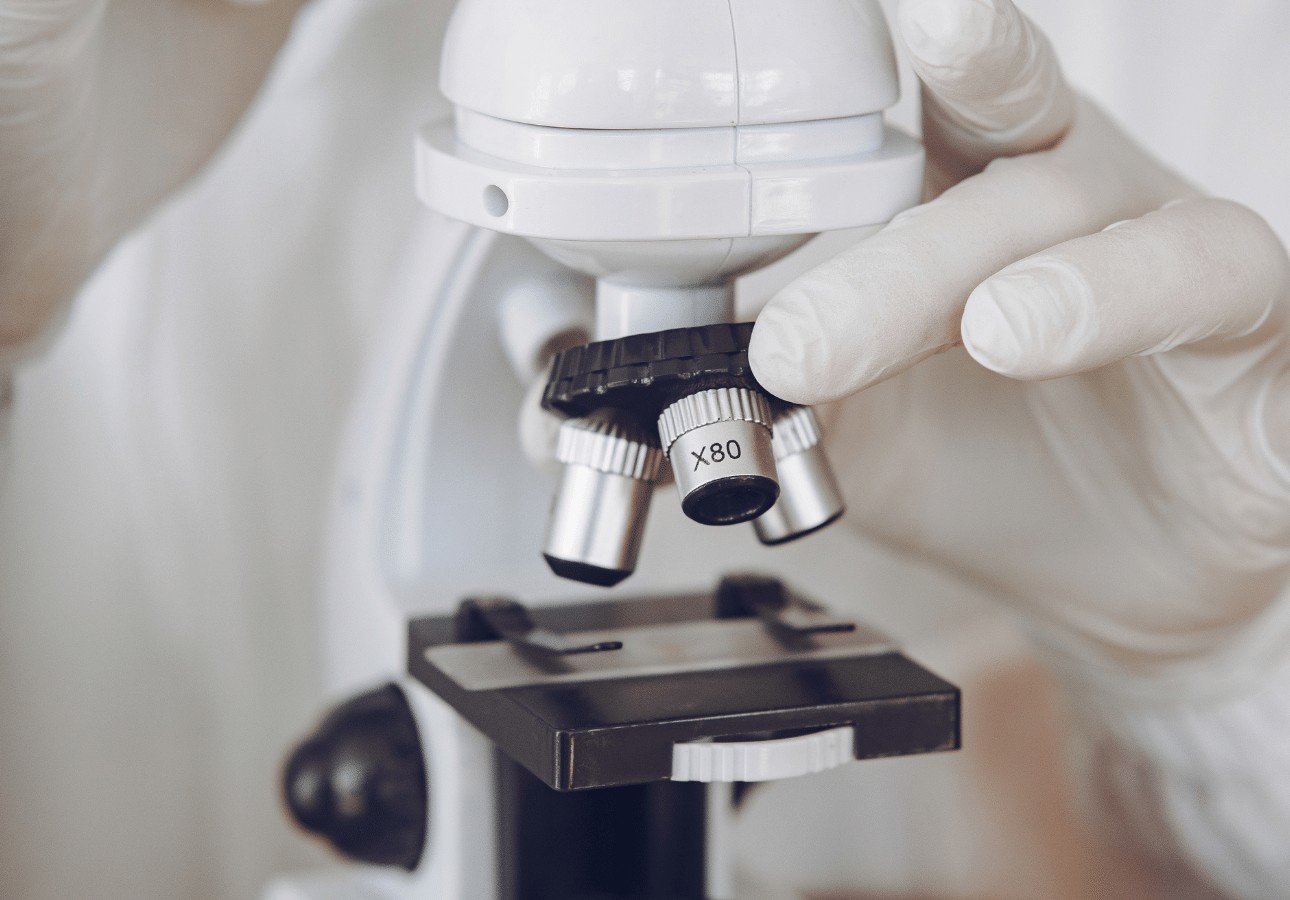
Where Are Microscopes Used Today?
Although they’ve been around for more than 400 years now, microscopes are still one of the most common scientific tools. You’ll find them being used to study things like bacteria, cells, forensic evidence and biological organisms. Doctors, researchers, biologists, police, geologists, environmental scientists and many other professionals all use microscopes as a regular part of their work. It’s no exaggeration to say that microscopes are one of the most used and most important scientific instruments ever invented!
Want your students to learn more about microscopes? Book a Street Science incursion for your Year 5 students!
Look through a microscope and you never know what you’ll find! Modern microscopes can see organisms so small you’d never be able to see them with your eyes. Some are so powerful they can even be used to see the surface of individual atoms. If that sounds like the kind of thing you’re interested in learning more about, book into the Street Science Mad Microscopes workshop for Year 5 students. You can book your students into our classes online, or get in touch with us for more information!

